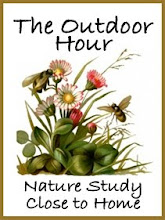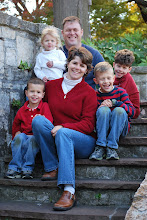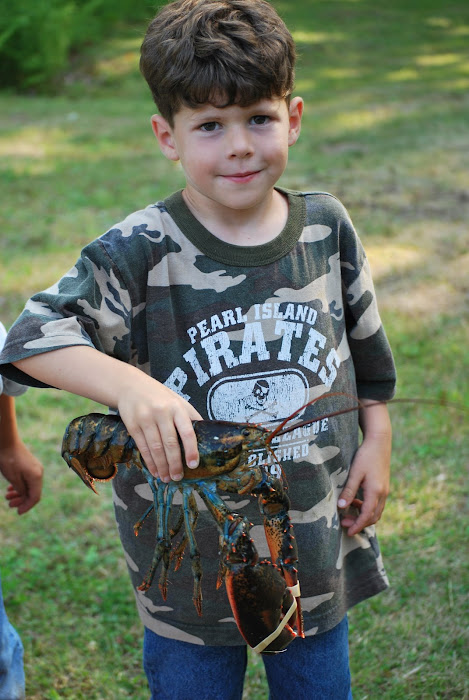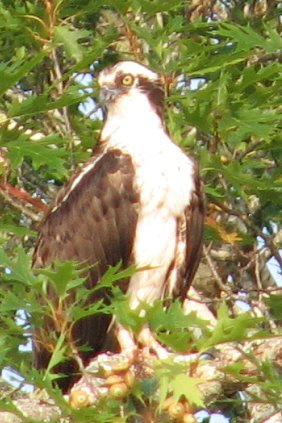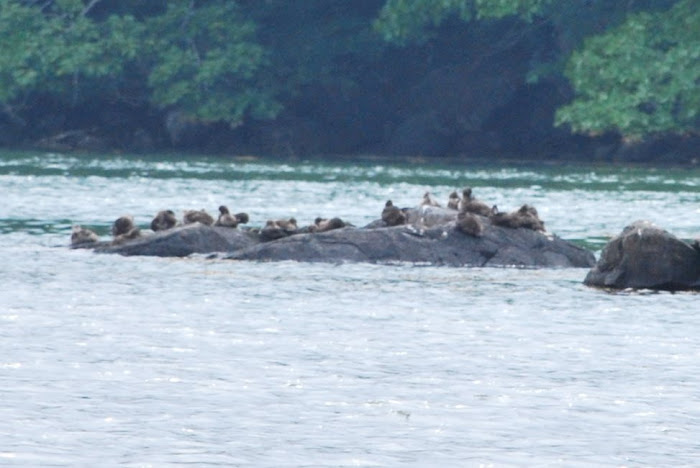This Saturday we had our second JMG (Junior Master Gardener) meeting at our house. We were so excited that our Master Gardener Advisors were able to come too: Bill & Marie!
This month we learned about soil, composting and water flow/effects. We were able to do lots of activities this week as a group, fewer than last week were required but so many went hand in hand that I did more than we even needed to.
We took a soil sample in a jar, filled it 1/2 way, then filled the rest of the way with water. Then we shook it all up and let it sit.
As it separates it tells us what our soil is made up of – the percentages. So we were able to see most of our soil is sand, and then some silt & clay and we even separated out the mulch/compost materials.
Then we headed back to the compost and talked about how we constructed it, we also talked about what we put in it and what we do not. Then we talked about how we have to turn it, water it and keep an eye on it.
Then we let the kids dig into the compost to see if they could find bugs that help the composting process. We did offer gloves for the kids (since it is composed of trash virtually) and the kids LOVED it! They found lots of bugs, mostly maggots, but there were some beetles, ants, and a few other bugs we did not really know.
After that we talked about water and how water erosion is something we have to watch out for and try and prevent. We also talked about how much water our world was made of and some ways we can be good stewards of that water and conserve when we can.
Our master gardener, Bill, took us over to one of our squash plants (pumpkin I think) to show us the difference in the male flower and the female flower. I never knew the difference, even though I knew there were both kinds. The male is just a straight stem with a flower and the female has the fruit at the base of “her” flower’s stem. Pretty cool! So when male flowers show up, they grow first, you know that the females are not far behind!!
Nest month we are going to talk about ecology and horticulture in the garden! Looking forward to that!!








































